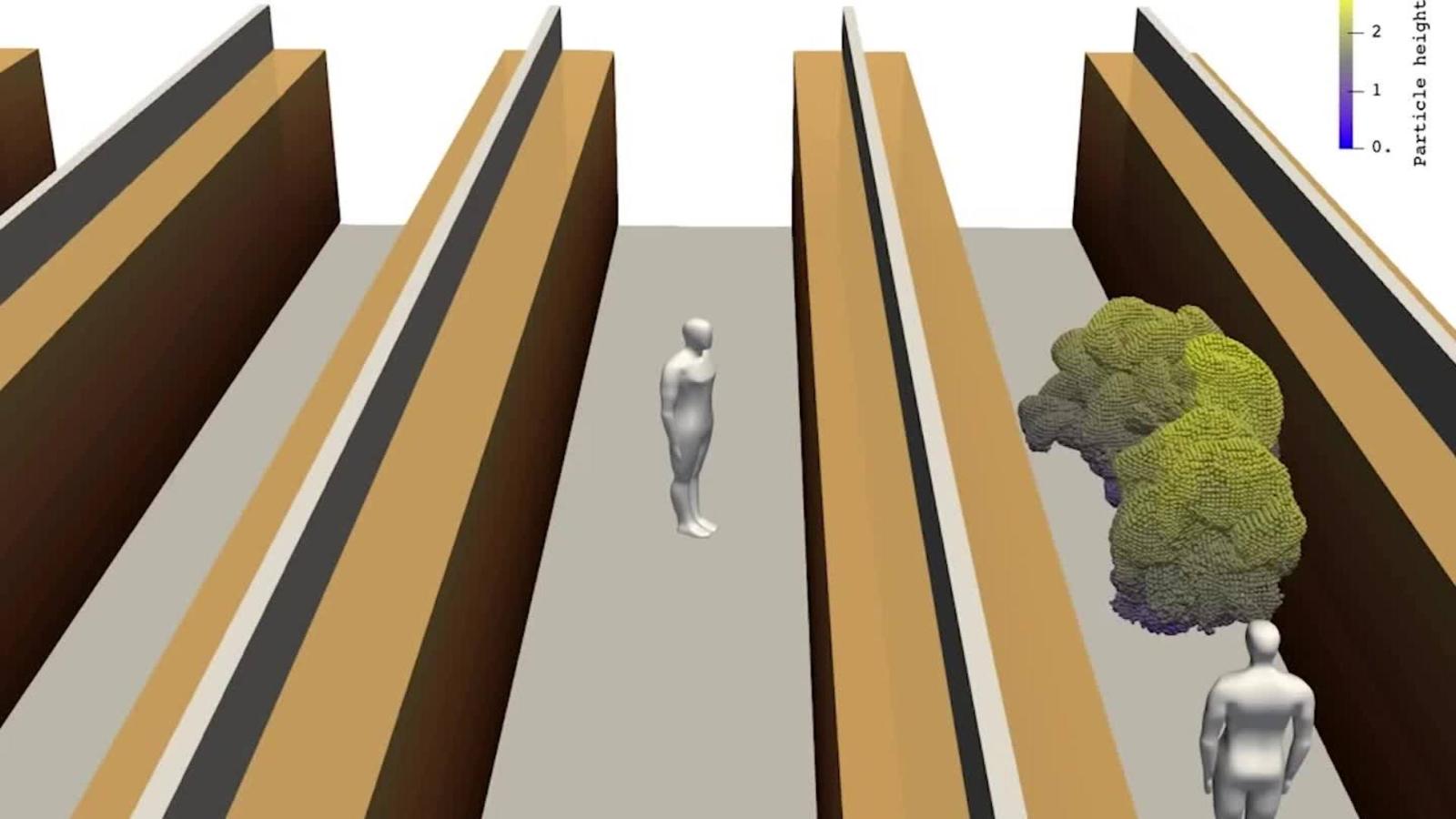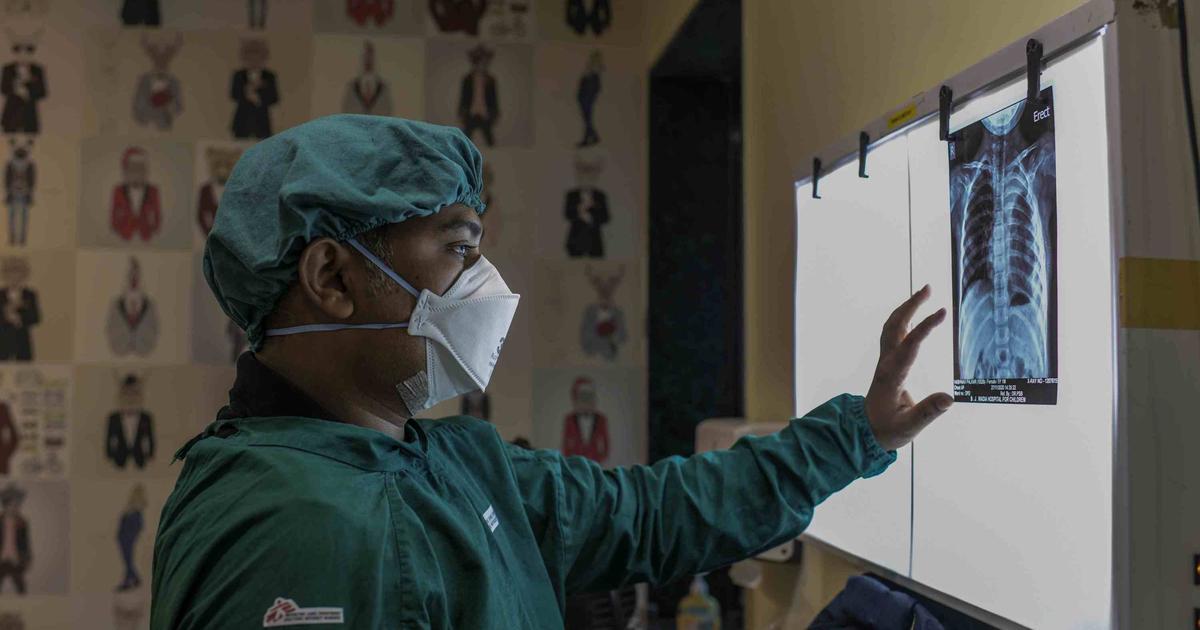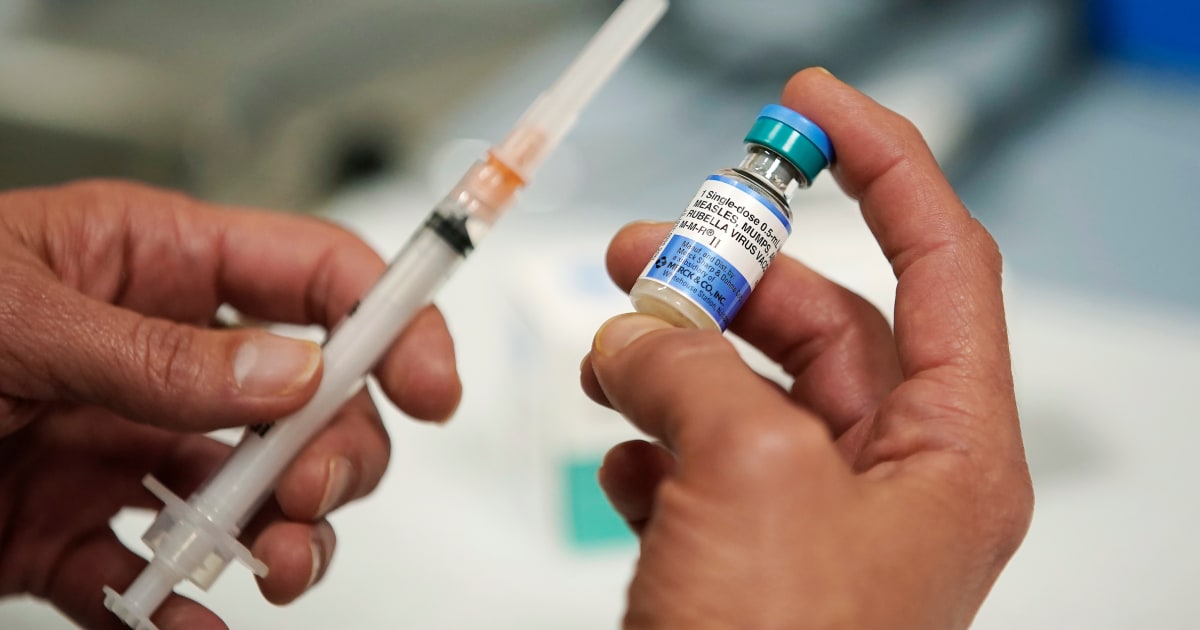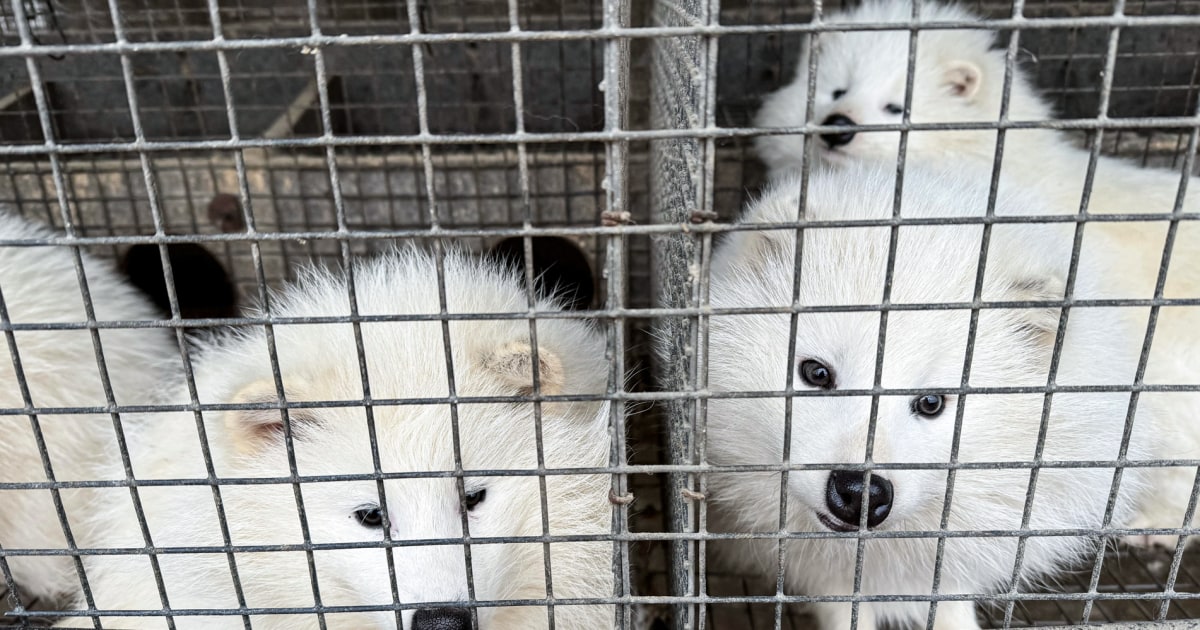Model shows the spread of covid-19 in the air 2:16
(CNN) -
The U.S. Centers for Disease Control and Prevention (CDC) has again updated its guide on how covid-19 spreads to include information on the potential for airborne transmission. .
"The CDC continues to believe, based on current science, that people are more likely to become infected the longer and closer they are to a person with covid-19," the agency said in a statement Monday.
Aerosol transmission of coronavirus: what the most comprehensive study yet reveals
"Today's update acknowledges the existence of some published reports showing limited and rare circumstances in which people with COVID-19 infected others who were more than 6 feet (2 meters) away or shortly after the Covid-19 positive person will leave an area.
In these cases, transmission occurred in confined, poorly ventilated spaces that often involved activities that caused heavier breathing, such as singing or exercising.
Such environments and activities can contribute to the accumulation of virus-carrying particles.
Still, available data suggests that "it is much more common for the virus that causes COVID-19 to spread through close contact with a person who has COVID-19 than through airborne transmission," says the new guide. .
How covid-19 spreads
The agency still says that Covid-19 is believed to spread primarily through close contact between people, at a distance of 6 feet (2 meters) from each other.
“When people with COVID-19 cough, sneeze, sing, speak or breathe, they produce respiratory droplets.
These droplets can range in size from larger droplets (some of which are visible) to smaller droplets, ”says the guide.
"Small droplets can also form particles when they dry very quickly in the air stream."
But the CDC now says the virus can spread through tiny virus particles that linger in the air and can infect people more than 6 feet away.
In confined spaces with poor ventilation, a person who is breathing with difficulty, while singing or exercising, for example, can infect people who are not nearby, even after the person with COVID-19 has left the space.
The new guidance is also clear about asymptomatic transmission: "People who are infected but show no symptoms can also transmit the virus to other people," he says.
However, the CDC says that COVID-19 is spread "less often" through contact with contaminated surfaces and "rarely" between people and animals.
The CDC says people can protect themselves from coronavirus by staying 6 feet away from others, wearing a mask that covers their nose and mouth, washing their hands frequently, cleaning surfaces, and staying home when they are. sick.
The above guide was published by mistake
Many researchers and doctors have said for months that the coronavirus can be transmitted through tiny viral particles in the air.
In July, 239 scientists published a letter urging the World Health Organization and other public health organizations to be more open about the likelihood that people can contract the virus from airborne droplets.
Some said they were encouraged last month when the CDC updated its guidance to say that c-19 could be spread through the air.
But days later, the CDC abruptly reverted to its previous guide, which did not include information on the airborne broadcast.
The agency said a draft version of the proposed changes had been published in error and that the guide would be updated again once the scientific review process is complete.
The unapproved publication followed reports of interference in other CDC guidelines and reports and raised concerns about political pressure.
"The fact that they backtracked on this, even though it's common scientific knowledge at this point, you have to wonder what's behind it," said Dr. Leana Wen, an emergency physician at George Washington University and analyst. CNN Medical.
«Was there political pressure?
Political interference that is driving this instead of science?
In a statement Monday, the CDC said its recommendations to prevent the spread remain the same "based on existing science and after a comprehensive technical review of the guide."
"The best way to prevent disease is to avoid exposure to this virus," he says.
CDC









